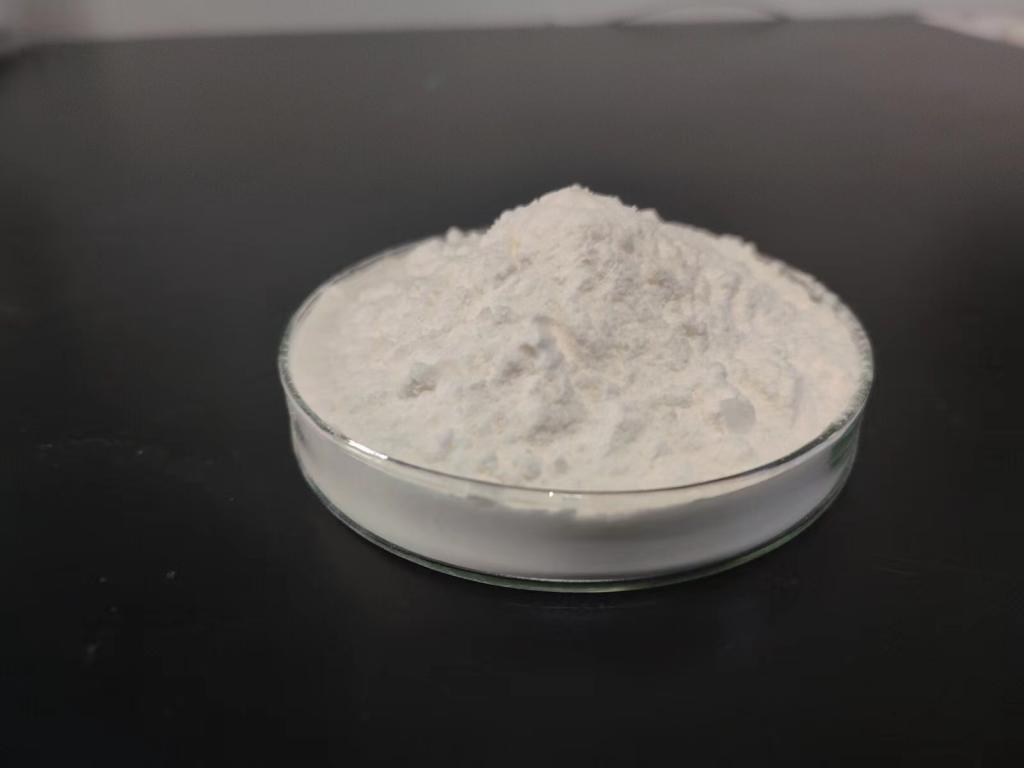Tel:+8618231198596

News
 CONTACT
CONTACT
 CONTACT
CONTACT
- Linkman:Linda Yao
- Tel: +8618231198596
- Email:linda.yao@dcpharma.cn
- Linkman:CHARLES.WANG
- Department:Overseas
- Tel: 0086 0311-85537378 0086 0311-85539701
News
Research into ε-Polylysine hydrochloride's potential applications continues in various industries.
TIME:2024-03-28
Understanding ε-Polylysine Hydrochloride
ε-Polylysine hydrochloride is a polymer composed of multiple lysine residues linked together by peptide bonds. It is produced through fermentation processes by certain strains of bacteria, making it a natural and sustainable compound. ε-PL hydrochloride exhibits strong antimicrobial activity against a broad spectrum of bacteria, yeasts, and molds, making it effective for controlling microbial growth and preventing spoilage.
Food Industry Applications
Food Preservation: One of the primary applications of ε-Polylysine hydrochloride in the food industry is as a natural preservative. It can be added to a wide range of food products, including dairy, meat, poultry, seafood, and beverages, to inhibit the growth of spoilage organisms and extend shelf life.
Antimicrobial Packaging: ε-PL hydrochloride can be incorporated into food packaging materials to create antimicrobial barriers that prevent microbial contamination during storage and transportation. This helps maintain product freshness and safety, reducing food waste and enhancing consumer confidence.
Clean Label Formulations: As consumer demand for clean-label ingredients grows, ε-Polylysine hydrochloride offers a natural alternative to synthetic preservatives. Its inclusion in food formulations allows manufacturers to meet clean-label requirements while ensuring product safety and quality.
Pharmaceutical Industry Applications
Antimicrobial Agents: ε-Polylysine hydrochloride has potential applications as an antimicrobial agent in pharmaceutical formulations, including topical creams, ointments, and wound dressings. Its ability to inhibit microbial growth makes it suitable for preventing infections and promoting wound healing.
Drug Delivery Systems: Researchers are exploring ε-PL hydrochloride as a component of drug delivery systems, such as nanoparticles and micelles. These systems can improve the solubility, stability, and targeted delivery of pharmaceutical compounds, enhancing their efficacy and therapeutic outcomes.
Cosmetics Industry Applications
Preservative Systems: ε-Polylysine hydrochloride can be incorporated into cosmetics and personal care products as a natural preservative. Its antimicrobial properties help prevent microbial contamination and extend the shelf life of products, ensuring their safety and stability.
Anti-Acne Treatments: Studies have shown that ε-PL hydrochloride exhibits activity against acne-causing bacteria such as Propionibacterium acnes. This makes it a potential ingredient in anti-acne formulations aimed at reducing inflammation and preventing breakouts.
Agriculture Industry Applications
Animal Feed Additives: In livestock farming, ε-Polylysine hydrochloride is being investigated as a feed additive to promote animal health and growth. Its antimicrobial properties help maintain gut health, improve nutrient absorption, and reduce the risk of digestive disorders in livestock animals.
Crop Protection: Researchers are exploring the use of ε-PL hydrochloride as a biopesticide for controlling fungal diseases in crops. Its antifungal properties make it a potential alternative to synthetic fungicides, offering sustainable pest management solutions.
Ongoing Research and Innovation
Research into ε-Polylysine hydrochloride's potential applications continues to drive innovation in various industries. Scientists are exploring novel formulations, delivery systems, and production methods to enhance its efficacy, stability, and versatility. Additionally, interdisciplinary collaborations are fostering cross-industry partnerships and knowledge sharing, leading to new insights and applications for ε-PL hydrochloride.
Challenges and Considerations
Despite its promising attributes, ε-Polylysine hydrochloride faces some challenges and considerations in its widespread adoption. These include regulatory approval processes, scalability of production, cost-effectiveness, and potential interactions with other compounds or materials. Addressing these challenges will require continued research, collaboration, and investment in technology and infrastructure.
Conclusion
ε-Polylysine hydrochloride holds tremendous potential for addressing various challenges and driving innovation across industries. From food preservation and pharmaceuticals to cosmetics and agriculture, its antimicrobial properties offer versatile solutions for enhancing product safety, quality, and performance. Ongoing research and collaboration will be essential to unlock the full potential of ε-PL hydrochloride and translate it into practical applications that benefit society and the environment. As we continue to explore its capabilities, ε-Polylysine hydrochloride stands poised to make a significant impact on diverse sectors and contribute to a more sustainable and resilient future.
- Tel:+8618231198596
- Whatsapp:18231198596
- Chat With Skype







